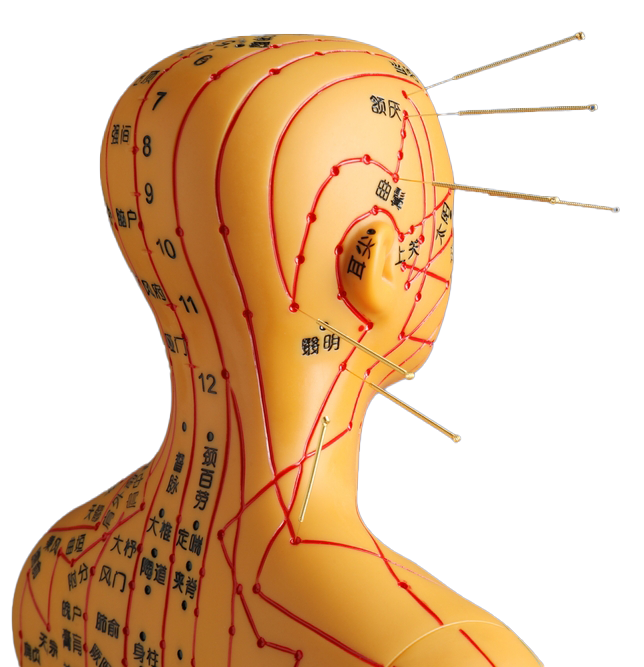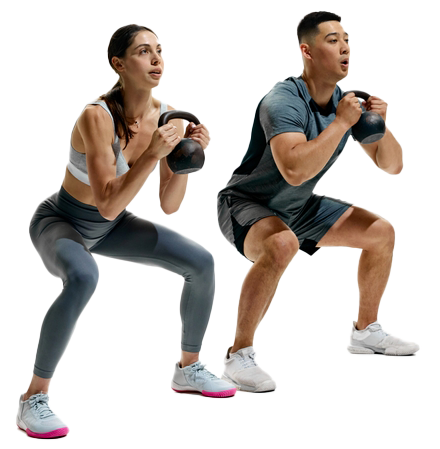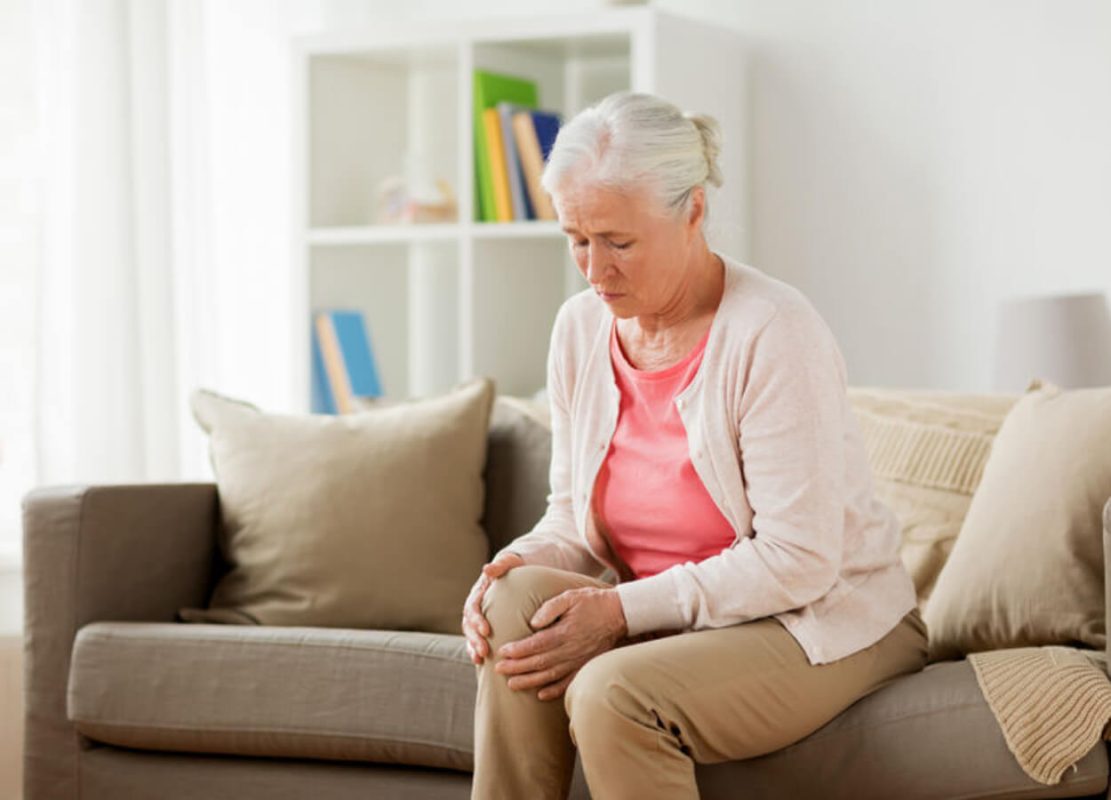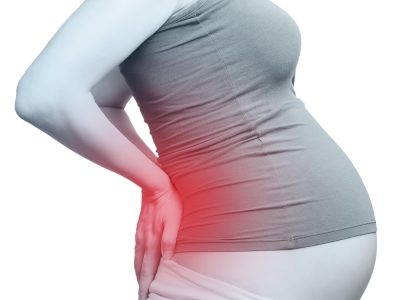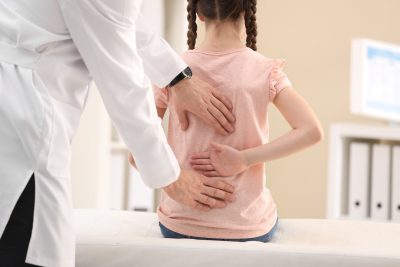- Facet joint Radiofrequency Thermocoagulation (RFT) Treatment
- Radiofrequency Thermocoagulation Dorsal root ganglion (DRG) radiofrequency thermocoagulation (RFT)
- Discitis Procedure
- Sacroiliac Joint Radiofrequency Treatment (Simplicity)
- In-Disc Ozone Therapy
- Nucleoplasty
- Transforaminal Injection (Pinpoint)
- Facet joint block
- Epidural Injection
Treatment of chronic pain in the elderly
- Home
- Pain Management According to Patient Groups
- Treatment of chronic pain in the elderly
Contents
Toggle- Creating an individualised treatment plan
- The role of different specialities (physiotherapist, orthopaedist, psychologist, neurosurgeon)
- Pain treatment during pregnancy
- Treatment of chronic pain in the elderly
- Pain management in children
- Stress management
- Healthy eating
- Ergonomic living arrangements
- Exercise and mobility
- Facet joint Radiofrequency Thermocoagulation (RFT) Treatment
- Radiofrequency Thermocoagulation Dorsal root ganglion (DRG) radiofrequency thermocoagulation (RFT)
- Discitis Procedure
- Sacroiliac Joint Radiofrequency Treatment (Simplicity)
- In-Disc Ozone Therapy
- Nucleoplasty
- Transforaminal Injection (Pinpoint)
- Facet joint block
- Epidural Injection
- Cancer pain
- Permanent Epidural / Spinal Port Application
- Vascular Port (Permanent Vascular Access)
- Trigeminal Nerve RFT
- Blockade of Ganglion Stellatum
- Lumbar Sympathetic Ablation
- Facet joint Radiofrequency Thermocoagulation (RFT) Treatment
- Radiofrequency Thermocoagulation Dorsal root ganglion (DRG) radiofrequency thermocoagulation (RFT)
- Hernia Burning (IDET)
- Discitis Procedure
- Sacroiliac Joint Radiofrequency Treatment (Simplicity)
- Permanent Epidural / Spinal Port - Pump System
- In-Disc Ozone Therapy
- Nucleoplasty
- Peripheral Nerve Block
- Transforaminal Injection (Pinpoint)
- Facet joint block
- Epidural Injection
- Intra-articular Fluid Treatment
- Dorsal root ganglion (DRG) radiofrequency thermocoagulation (RFT)
- Spinal cord stimulation (pain pacemaker)
- Ergonomic living arrangements
- Spinal cord stimulation (pain pacemaker)
- Nucleoplasty
- Radiofrequency ablation
- Herbal solutions
- Dry needle treatment
- Anti-ageing treatments
- Ozone therapy
- Cupping therapy - Cupping
- Mesotherapy
- Prolotherapy
- Acupuncture
- Stem Cell Therapy
- Nerve blockages
- Corticosteroid injections
- Massage and relaxation techniques
- Manual therapy
- Electrotherapy
- Neuropathic pain medications
- Anti-inflammatory drugs
- Muscle relaxants
- Painkillers (paracetamol, ibuprofen, etc.)
Treatment of chronic pain in the elderlyChronic pain requires a multidisciplinary approach to improve the quality of life of the individual, support independence and reduce pain-related physical and psychological problems. Chronic pain in the elderly is usually caused by musculoskeletal problems, nerve damage or chronic diseases. In the treatment process, the general health status of the individual, concomitant diseases and drug use should be taken into consideration.
Comprehensive information and approaches to the treatment of chronic pain in the elderly are presented below:
1. Types and Causes of Chronic Pain in the Elderly
1.1 Common Types of Chronic Pain
- Musculoskeletal System Pains
- Osteoarthritis (arthritis): Pain in weight-bearing joints such as knees, hips and spine.
- Spinal problems: Herniated disc, disc degeneration, spinal stenosis.
- Muscle aches and myofascial pains.
- Neuropathic Pain
- Diabetic neuropathy, postherpetic neuralgia (pain after shingles).
- Peripheral nerve injuries and nerve compression (e.g. carpal tunnel syndrome).
- Pain due to chronic diseases
- Rheumatoid arthritis, osteoporosis, vascular diseases, fibromyalgia.
- Cancer Pain
- Pain caused by the cancer itself or by cancer treatment.
- Psychogenic Pain
- Increased pain perception due to psychological problems such as depression and anxiety.
2. Approach to Chronic Pain Management in the Elderly
2.1 Multidisciplinary Approach
Treatment of chronic pain in the elderly requires a holistic approach to medical, physical, psychological and social factors.
- Medical Management: Drug therapy and interventional methods when necessary.
- Physical Therapy: Exercise, physiotherapy applications.
- Psychological Support: Psychotherapy to manage depression and anxiety caused by chronic pain.
- Lifestyle Changes: Diet, sleep patterns and daily activity.
2.2 Important Principles in the Treatment Process
- Personalised Treatment
- The health status, pain threshold and needs of each elderly person are different. The treatment plan should be individualised.
- Beware of Polypharmacy
- Polypharmacy is common in elderly individuals due to multiple diseases. Side effects of drugs and drug-drug interactions should be considered.
- Management of Side Effects
- Drugs should be used more carefully in elderly individuals due to decreased renal, hepatic and other organ functions. Side effects should be monitored and dosage adjustments should be made.
3. Chronic Pain Treatment Methods
3.1 Pharmacological treatment
- Paracetamol
- It is the first choice drug in elderly people. It can be used safely in mild and moderate pain.
- Non-Steroidal Anti-Inflammatory Drugs (NSAIDs)
- Drugs such as ibuprofen, naproxen can be effective in inflammatory pain.
- However, it should be used with caution because of gastric problems, renal dysfunction and cardiovascular risks. Gastric protection can be provided with proton pump inhibitors.
- Topical Painkillers
- Creams or patches applied to the skin (e.g. capsaicin cream, lidocaine patches) are particularly effective and safe for joint pain.
- Opioids
- It is used for severe pain (e.g. cancer pain). Drugs such as morphine and oxycodone should be carefully monitored for addiction and side effects.
- Supportive treatment may be required to prevent side effects such as constipation.
- Antidepressants
- Tricyclic antidepressants (e.g. amitriptyline) and serotonin-noradrenaline reuptake inhibitors (e.g. duloxetine) may be effective in neuropathic pain.
- Anticonvulsants
- Drugs such as gabapentin and pregabalin are commonly used in neuropathic pain.
- Vitamins and Supplements
- In case of vitamin D, magnesium or vitamin B12 deficiency, supportive therapy can be administered.
3.2 Physical Therapy and Rehabilitation
- Exercise Programmes
- Light to moderate aerobic exercise (walking, swimming).
- Muscle strengthening exercises (light weight training).
- Flexibility and balance exercises (yoga, tai chi).
- Physiotherapy Methods
- Hot-cold applications, ultrasound therapy, transcutaneous electrical nerve stimulation (TENS).
- Massage therapy and manual therapy.
- Posture Correction
- Posture training can be given to reduce the load on the spine and joints.
3.3 Interventional Treatments
- Nerve Blocks
- Nerve injections can be given to block pain signals.
- Epidural Injections
- Steroid injections for spinal pain.
- Spinal Cord Stimulation
- Pain perception can be reduced with electrical stimulation devices.
3.4 Psychological and Social Approaches
- Psychotherapy
- Cognitive behavioural therapy (CBT) can be effective in improving pain perception and stress management.
- Relaxation Techniques
- Meditation, breathing exercises and mindfulness can reduce stress-induced pain.
- Social Support
- Maintaining strong social ties with family and friends reduces feelings of loneliness and improves general well-being.
3.5 Alternative and Complementary Methods
- Acupuncture
- It can be especially effective in musculoskeletal system pain.
- Herbal Treatments
- Supplements that support joint health such as glucosamine, chondroitin sulphate can be used. However, these should be taken under the supervision of a doctor.
- Aromatherapy and Massage
- It provides muscle relaxation and mental relaxation.
4. Lifestyle Changes
- Balanced Nutrition
- An anti-inflammatory diet (vegetables, fruit, whole grains, omega-3 fatty acids) should be adopted.
- Excess salt and sugar consumption should be avoided.
- Regular Sleep
- Adequate and quality sleep increases pain tolerance. Attention should be paid to sleep hygiene in order to ensure sleep regularity.
- Increasing Physical Activity
- Short daily walks and light mobility reduce muscle stiffness and joint pain.
- Reducing/stopping smoking and alcohol
- Smoking can increase pain by adversely affecting blood circulation. Alcohol may interact with the drugs used.
- Stress Management
- Stress can increase the perception of pain. Stress can be managed with methods such as meditation, yoga or breathing exercises.
5. Time to Apply for a Doctorate
Consultation with a specialist is necessary in the following cases:
- Severe and Uncontrollable Pain: If it affects daily life.
- Progression Despite Medication: If the pain increases despite treatment.
- Side Effects or Complications: If the medication causes serious side effects.
- Auxiliary Device Requirement: If walking, sitting or daily activities are difficult.
Summary
Treatment of chronic pain in the elderly should be planned with a multidisciplinary approach, taking into account the general health status and lifestyle of the individual. A combination of drug therapy, physical therapy, psychological support and lifestyle changes usually gives the most effective results. During treatment, the side effects of medication and the needs of the individual should be monitored regularly. Managing pain aims not only to provide physical relief, but also to improve the independence and quality of life of the elderly person.
Our treatments
- Home
- Pain Management According to Patient Groups
- Treatment of chronic pain in the elderly
